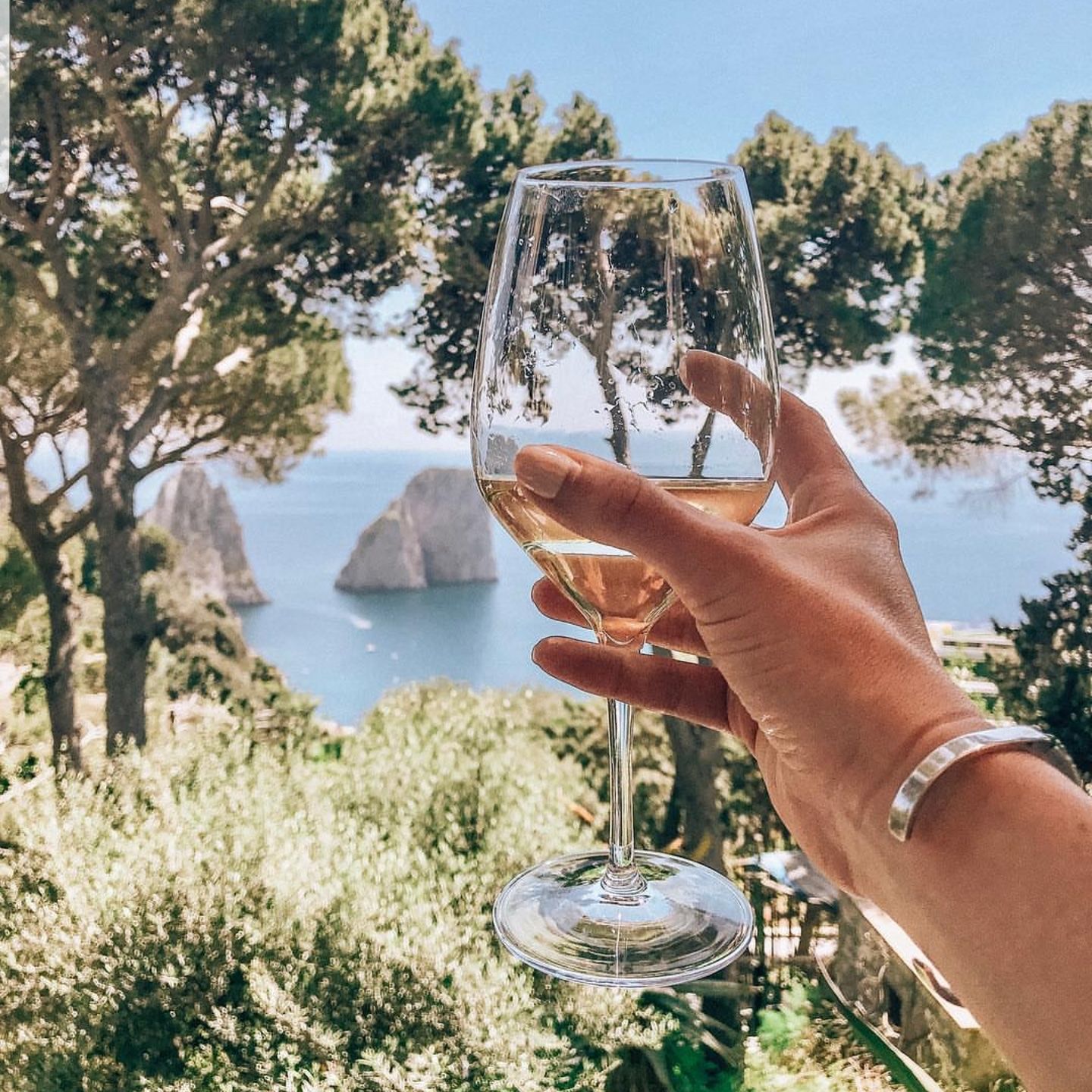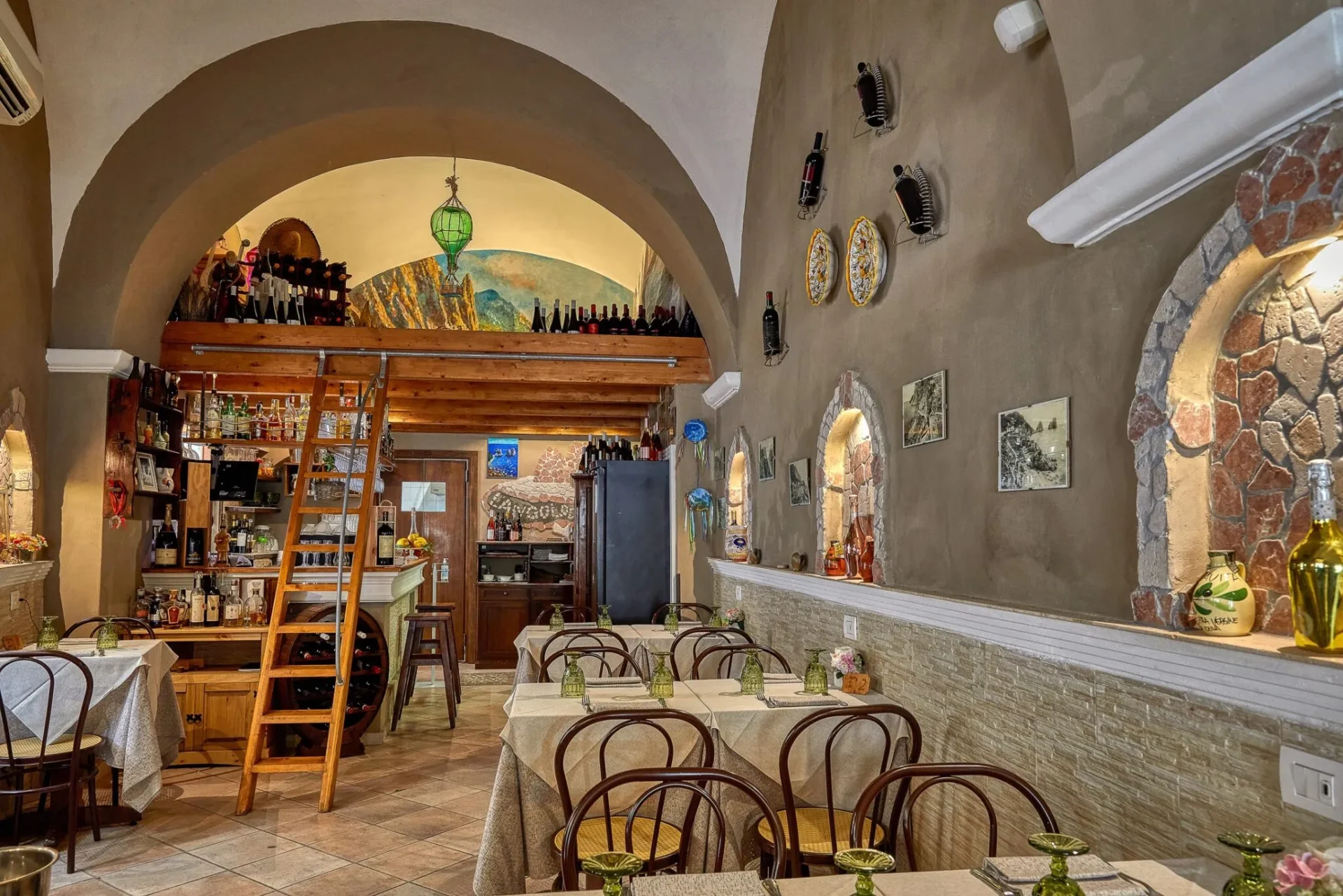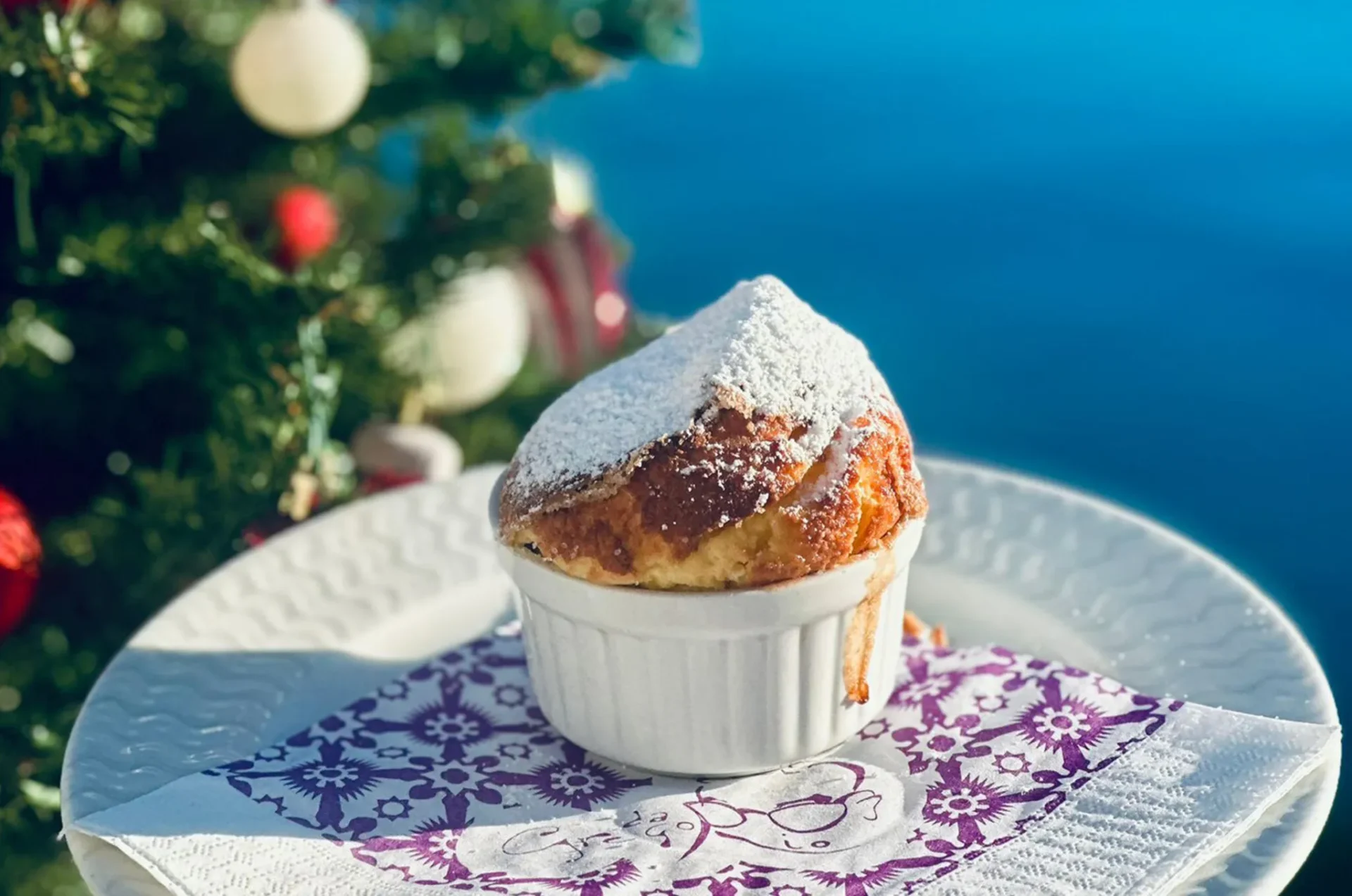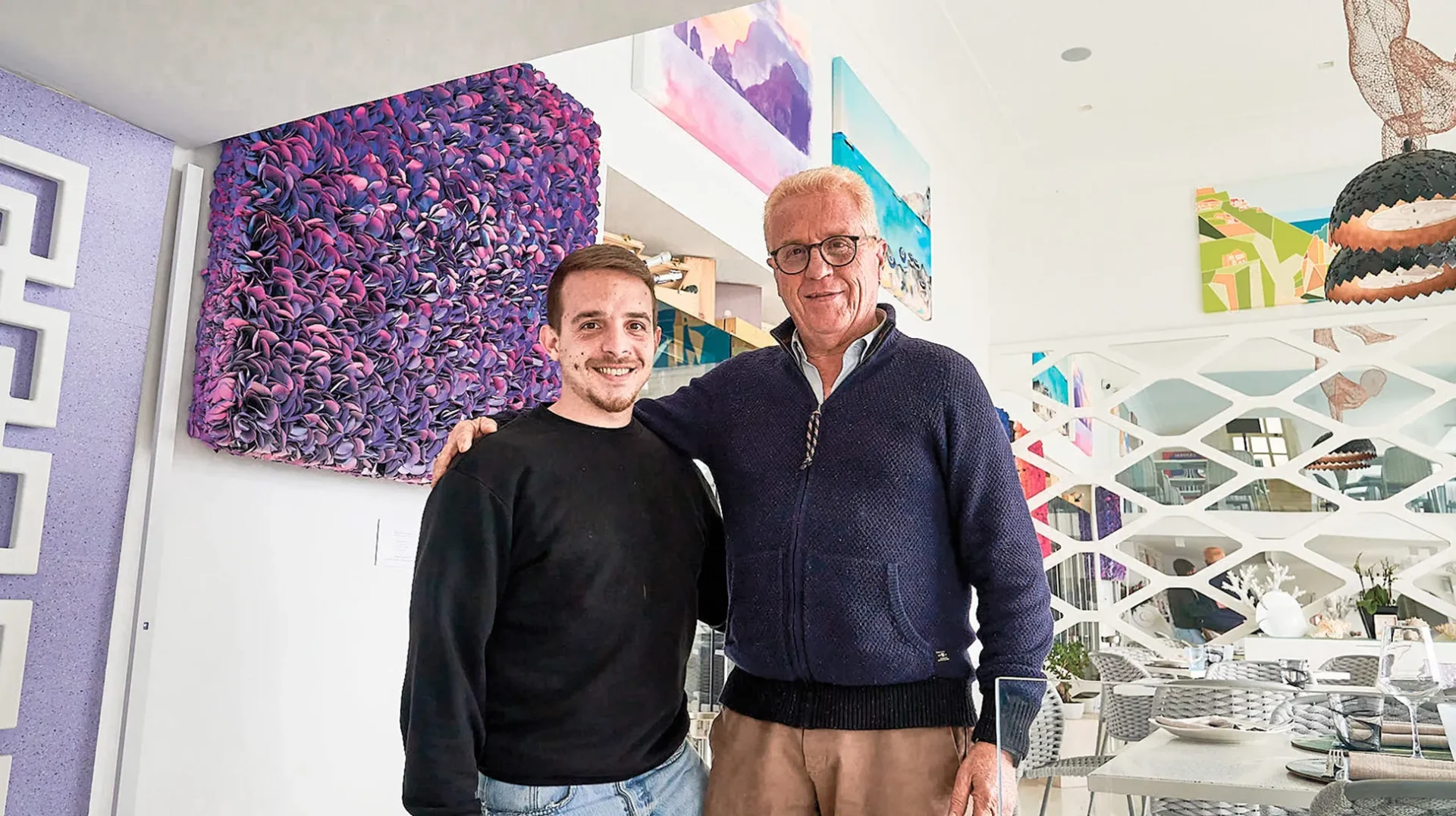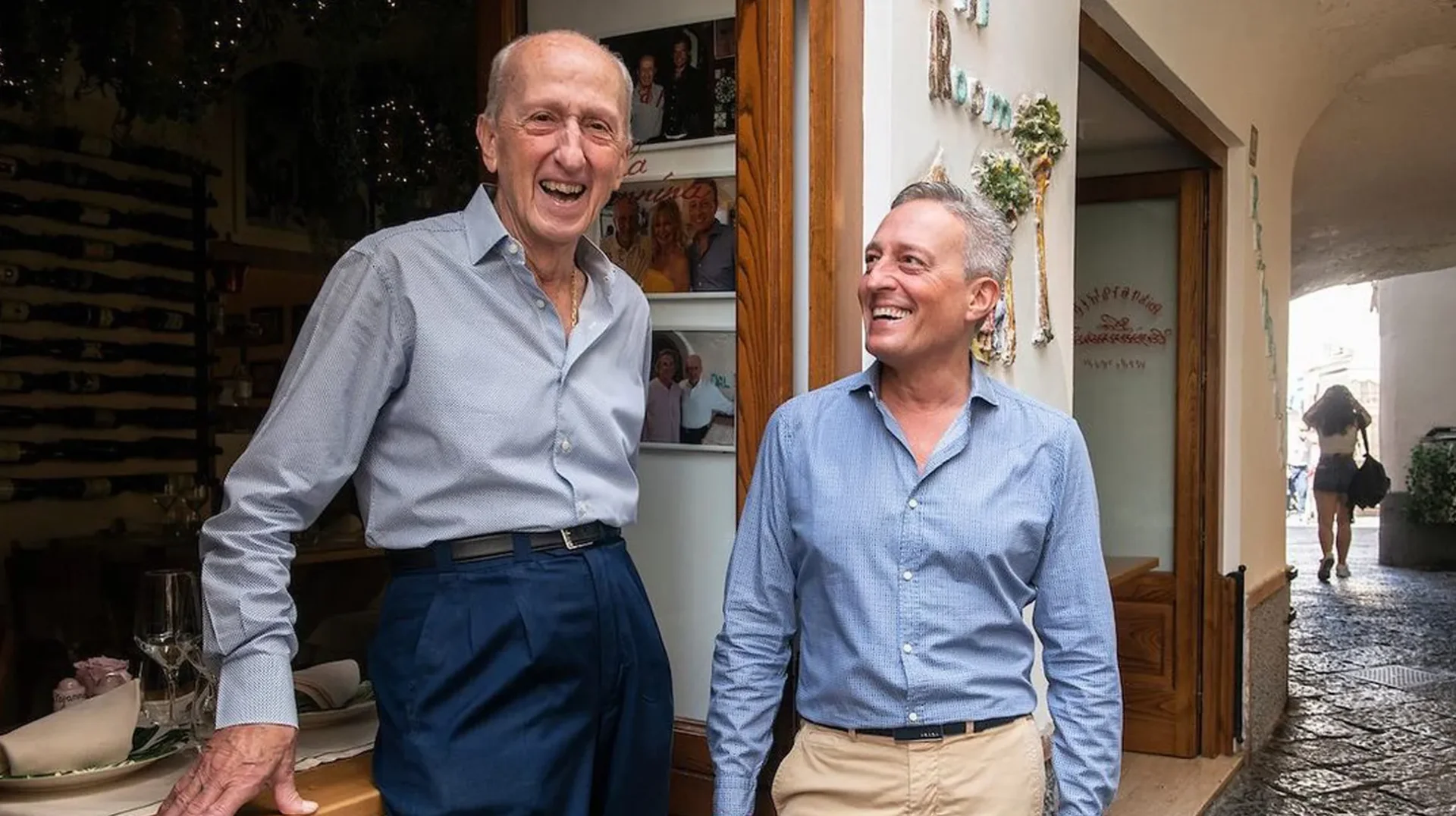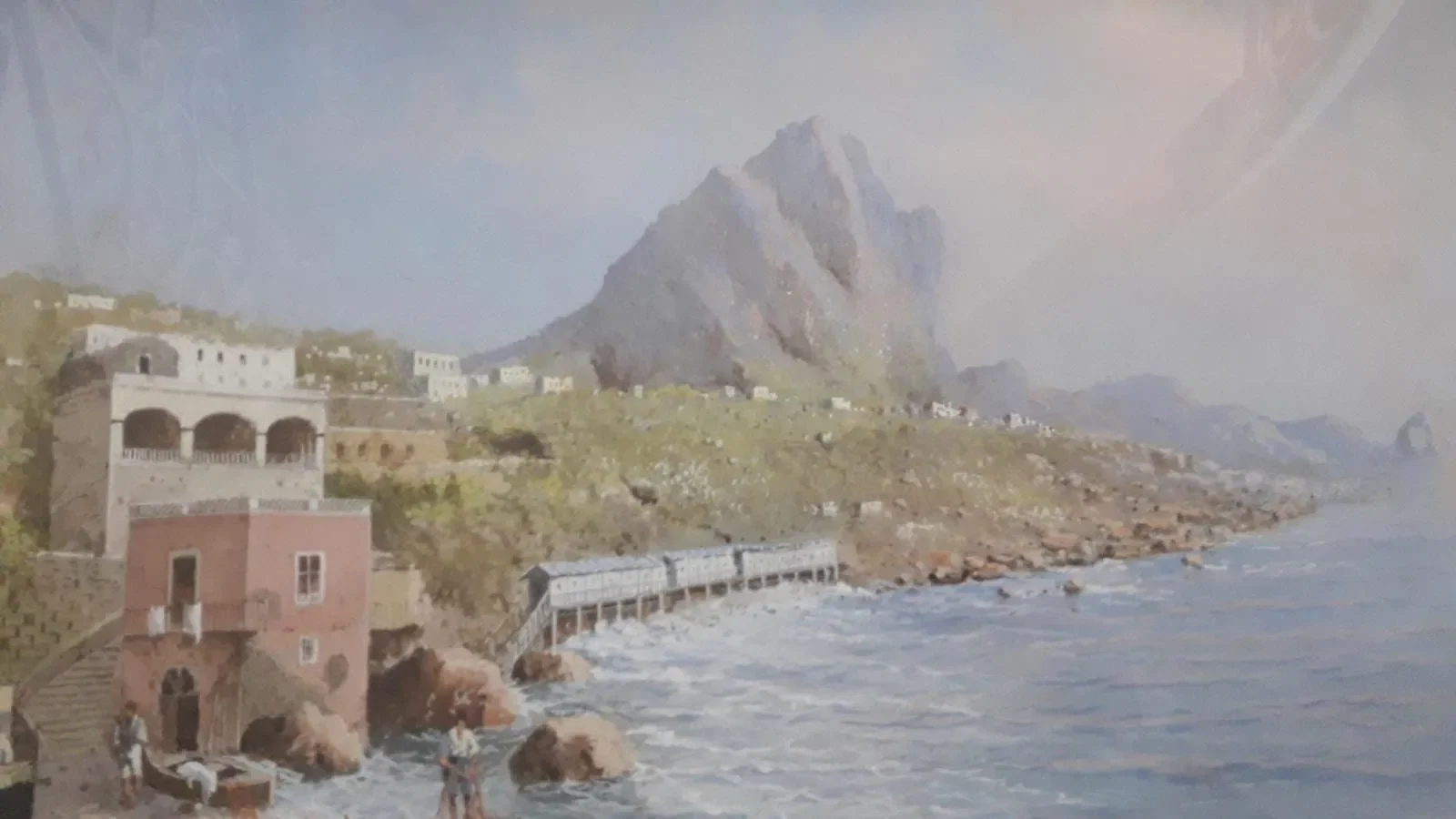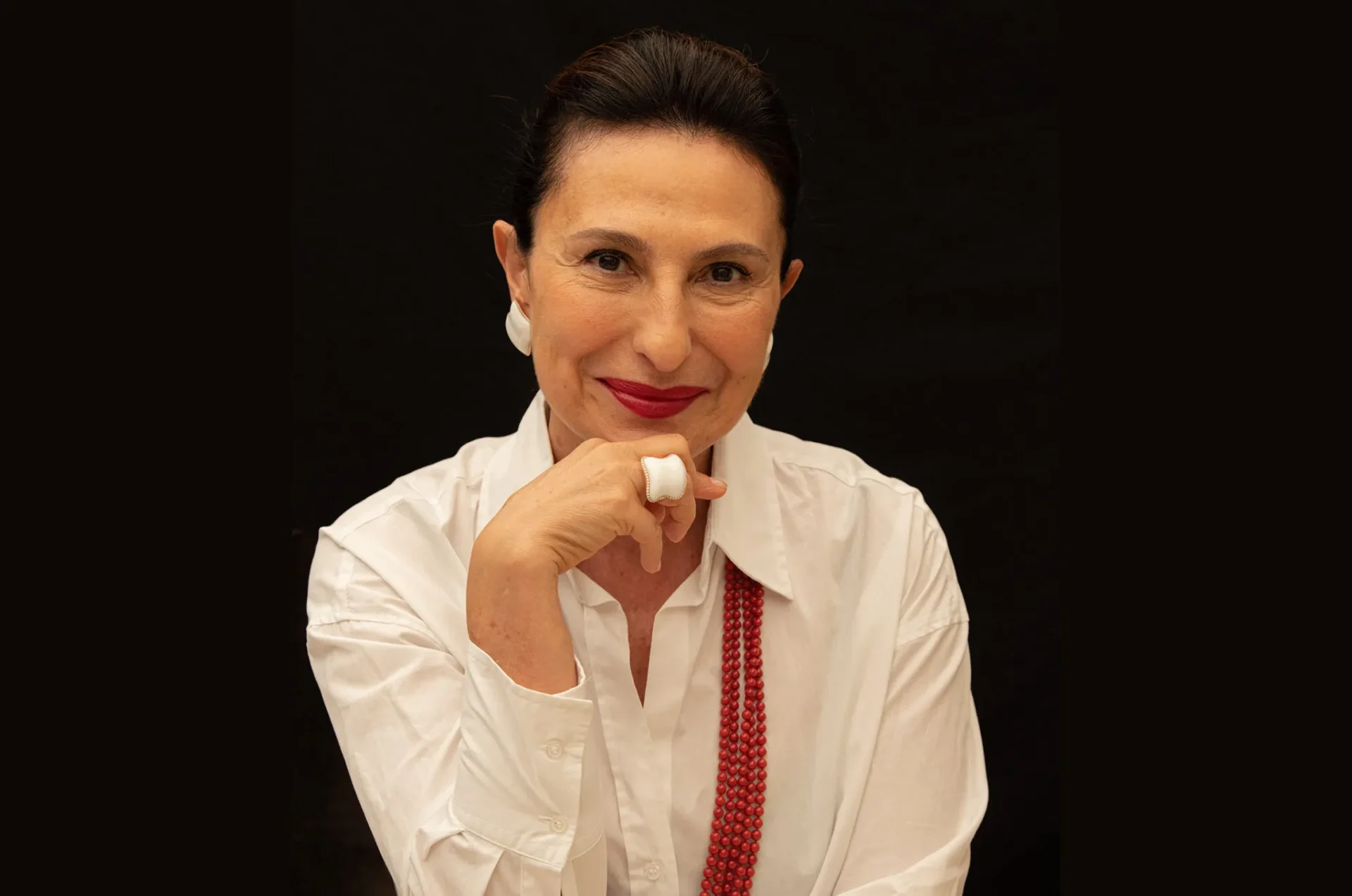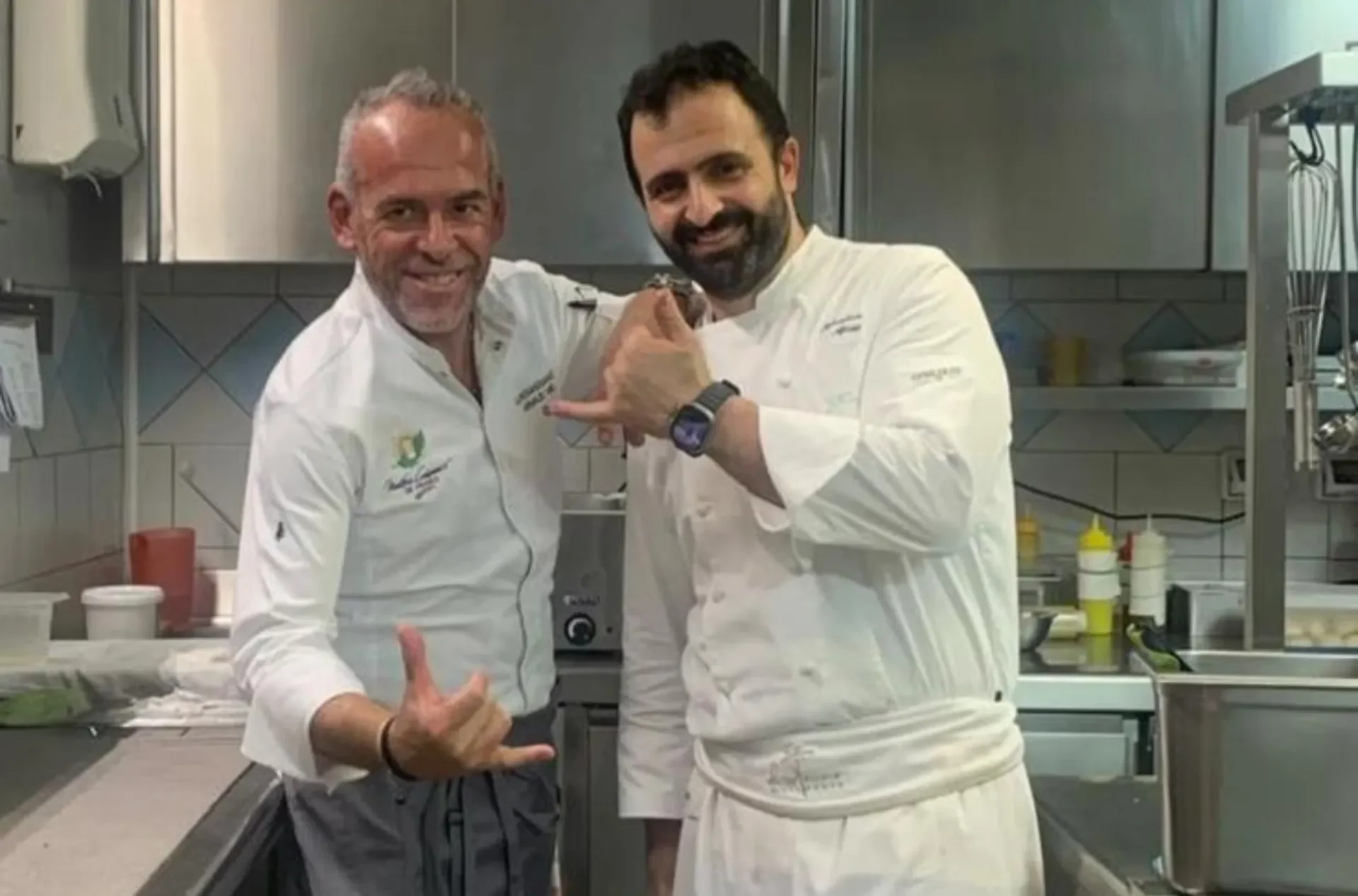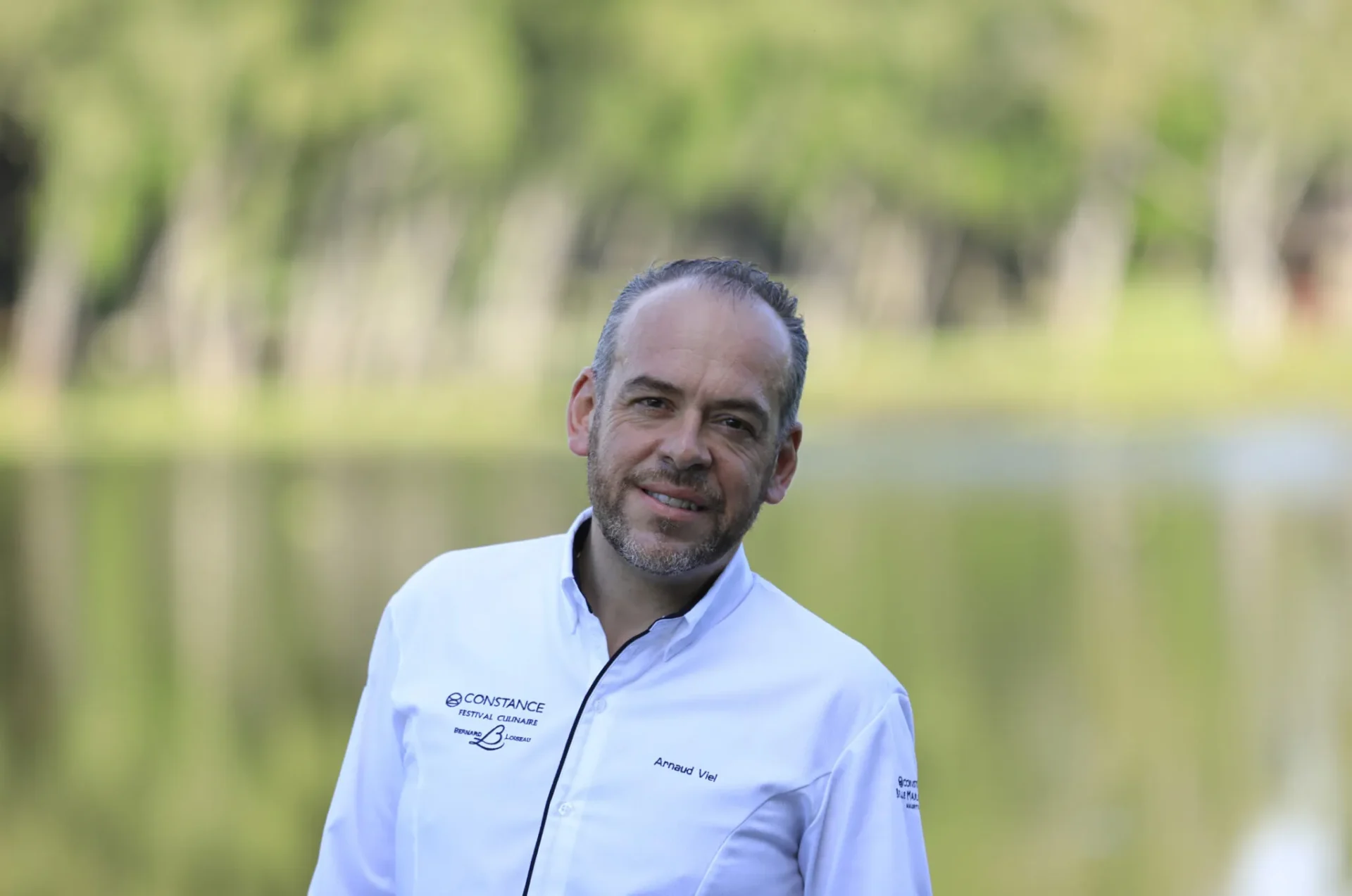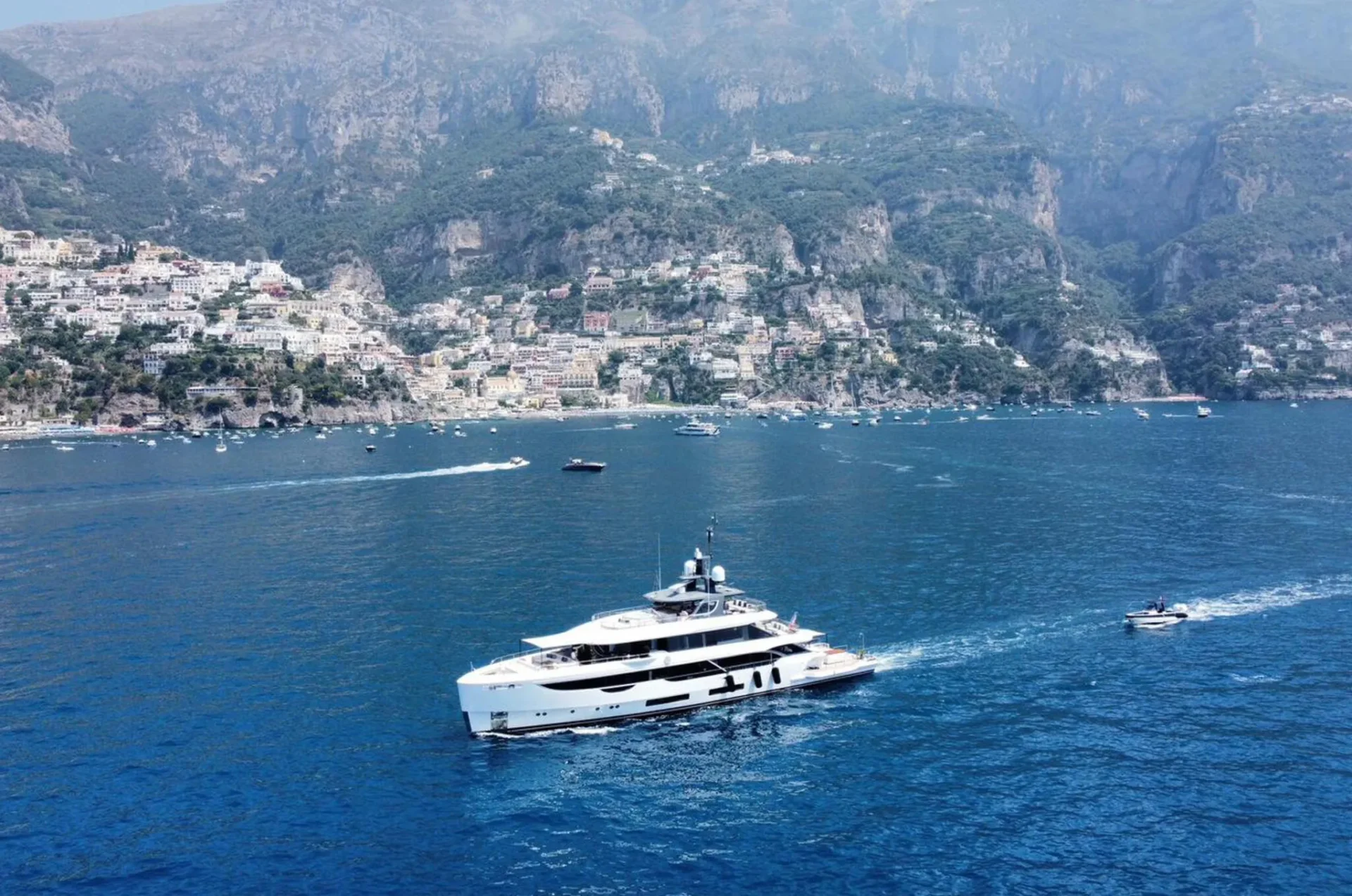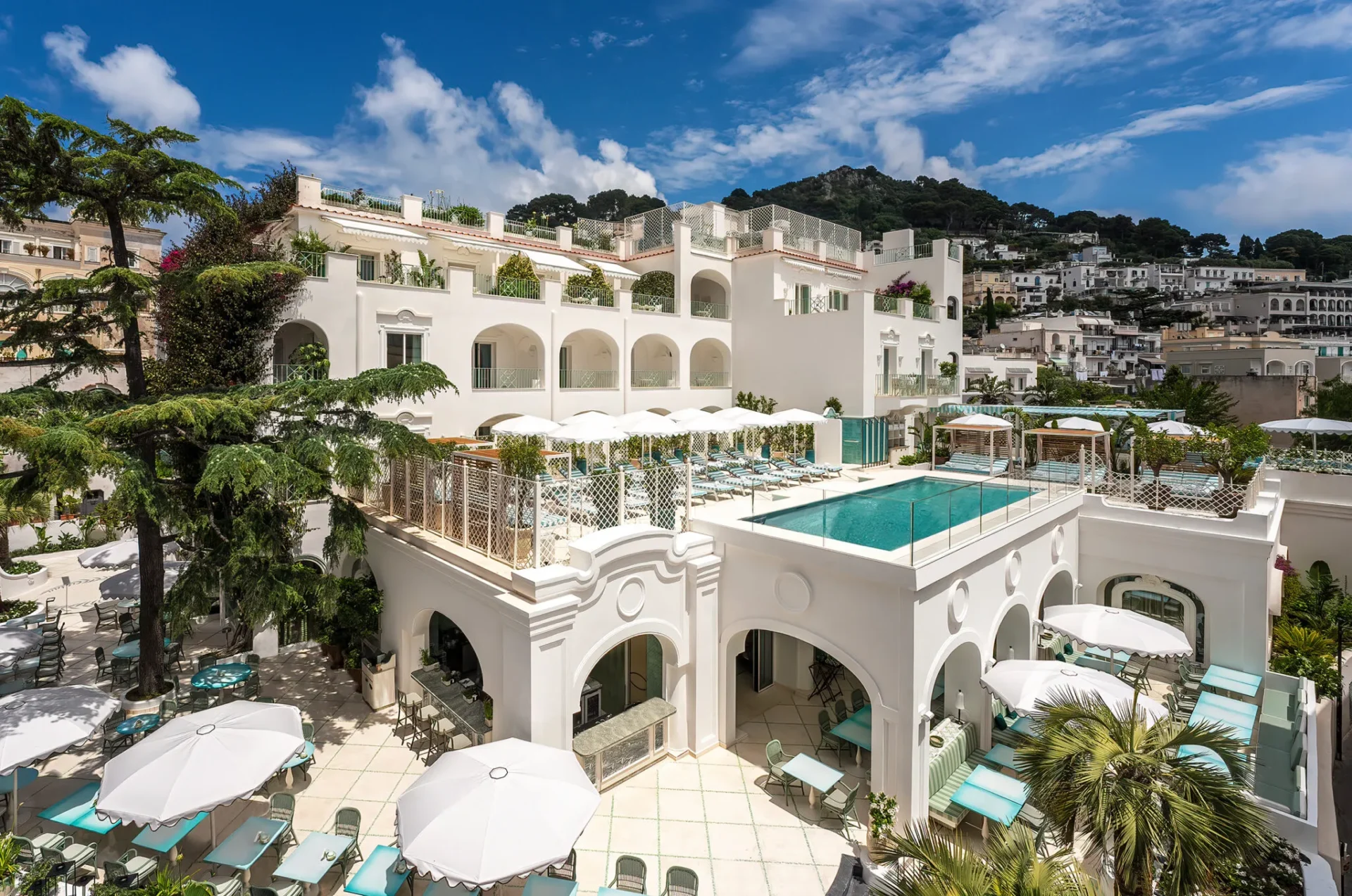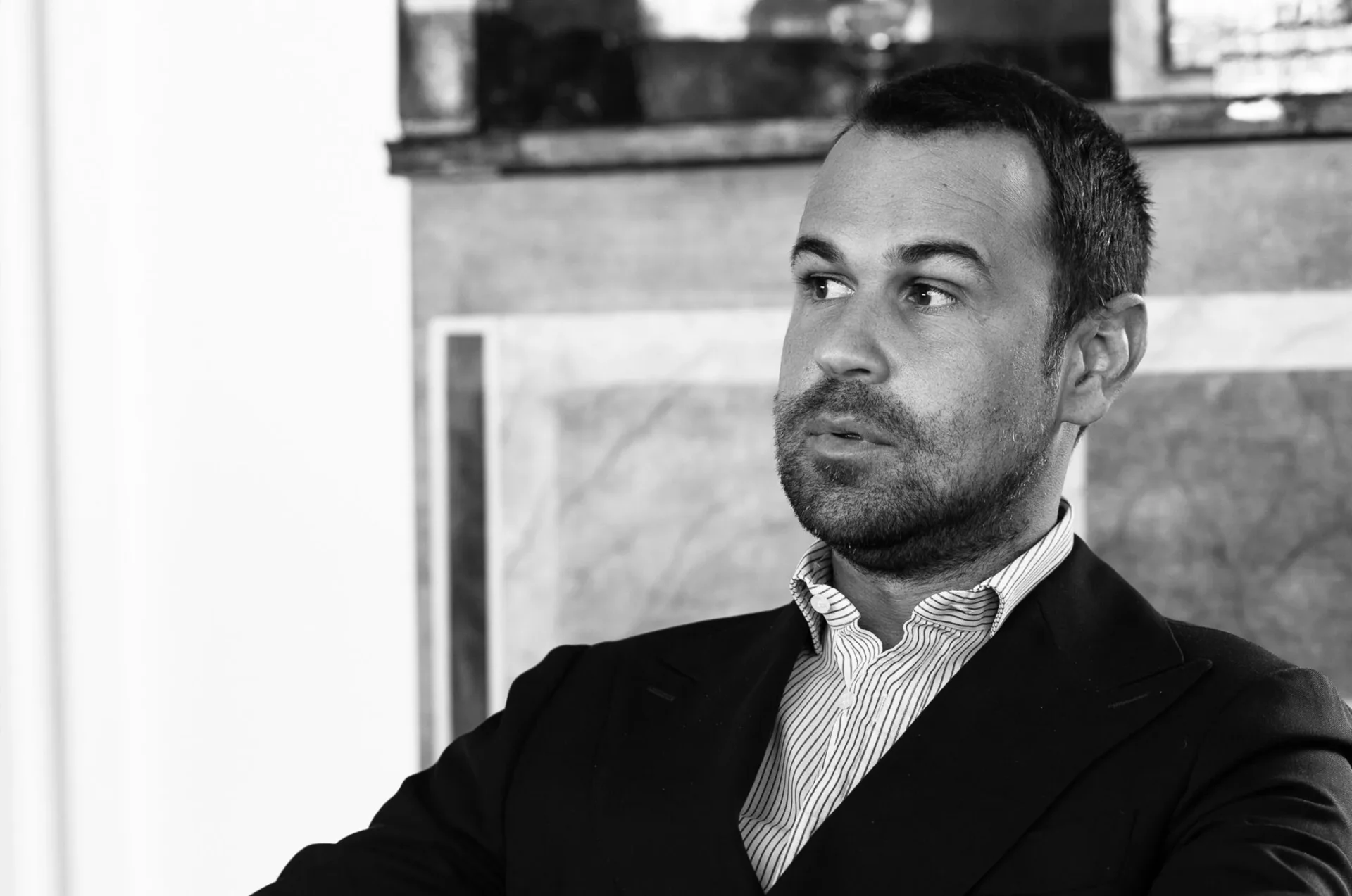The magical island of Capri has always been a source of inspiration for artists, designers and creatives of all kinds, in a perfect blend of natural beauty and art. On the occasion of That’s Love Capri, we had the pleasure to interview again Maria Elena Aprea, creative director of the jewelry brand Chantecler, official sponsor of the show, who has skillfully reinterpreted the unique spirit of the island in a collection of unique and refined pieces.
1 – Today Chantecler represents the “Capriness”, perfect synthesis between beauty, history and nature of the island. What are the daily challenges that a brand like yours has to face in order to remain competitive?
Chantecler maintains a very strong caprese identity, and it does so with pride. The Capriness is what defines us and what determines our success. On the one hand, Chantecler contributes to nourish and spread its myth, on the other hand, Capri is our stylistic figure and our source of inspiration. There is no competition with Capri, because it is a unique place of its kind, and the same goes for us. The secret lies in staying true to yourself, understanding that you are a niche of extreme sophistication.
2 – What are the sources of inspiration for your jewellery’s creative process and how important is craftsmanship in these processes?
In each of our creations there is a piece of Capri, which for us is a treasure trove of suggestions and emotions. The mundane and natural atmosphere of the island combined with the sensitivity for beautiful gems inherited from Salvatore are the creative platform of every Chantecler jewel.
In this context, the Maison is a proud ambassador and promoter of Made in Italy. The production centre is located in Valenza Po, in Piedmont, historically the nerve center of Italian goldsmiths. Here Chantecler has the opportunity to combine tradition and craftsmanship with the most advanced technologies.
3 – Do you have a particular story or anecdote about Capri and Chantecler that you would like to share?
Stories and anecdotes, especially from the years of the Dolce Vita, there would be an infinity. I would like to tell you about some of the times when I was a girl and helped my father Salvatore in boutiques during the summer.
Jacqueline arrives on Capri, attracted by the chatter that reveals a kiss from Onassis to Maria Callas on the beaches of Tragonissi. To make amends, the Greek shipowner accompanied the former first lady into our jewelry shop from which Jackie came out radiant. Dad, at the time, did not confirm or deny the rumours that were going on, but the gift that had sealed the peace between the two had been a diamond star of inestimable value. A few days later, the two were welcomed to Villa Chantecler, where they spent a pleasant and carefree evening, between spaghetti garlic oil and Neapolitan songs, sung by Onassis himself.
During his walk, a well-known Mexican tycoon is attracted by the main showcase of the boutique, the famous door of the 700 Neapolitan! The man was interested not so much in the jewelry, but in the door itself, with which he wanted to take his bride around. At his request to buy it, my father replied that it would be possible, If only he had bought all its contents! The man asked to receive the bill at Quisisana where he had retired for his afternoon rest… a few hours later dad had to get on the phone and contact all the major antique dealers of the time to look for a new handrail for the shop, obtaining from the customer to keep in “loan” the handbag until the end of summer!
A few minutes after the closing of the boutique, a man in shorts entered the shop, with bare torso but very distinguished appearance who asked Dad to choose some jewelry to give. The bill that followed was high and the man, with ease, said that he would be revisited since he did not even have his wallet with him and that he would pay shortly thereafter to withdraw. Dad wasn’t surprised, he was used to it since even Chantecler didn’t usually carry his wallet and he calmly handed him the many packages that he had packed telling him to come the next day to pay. Stavros Niarchos the next day came to the shop to settle his account.

